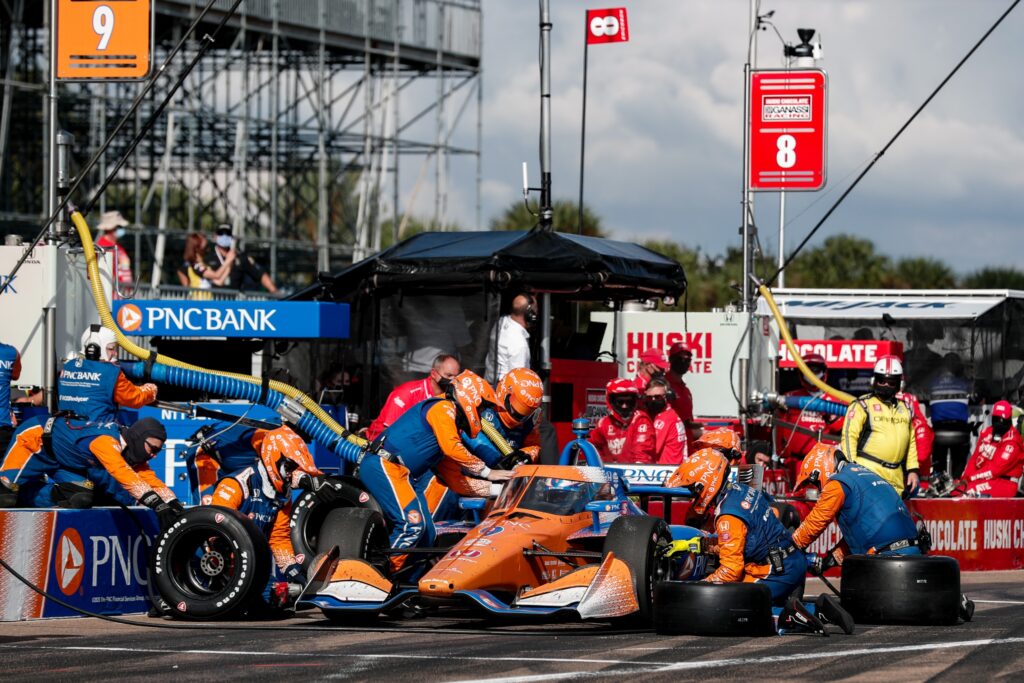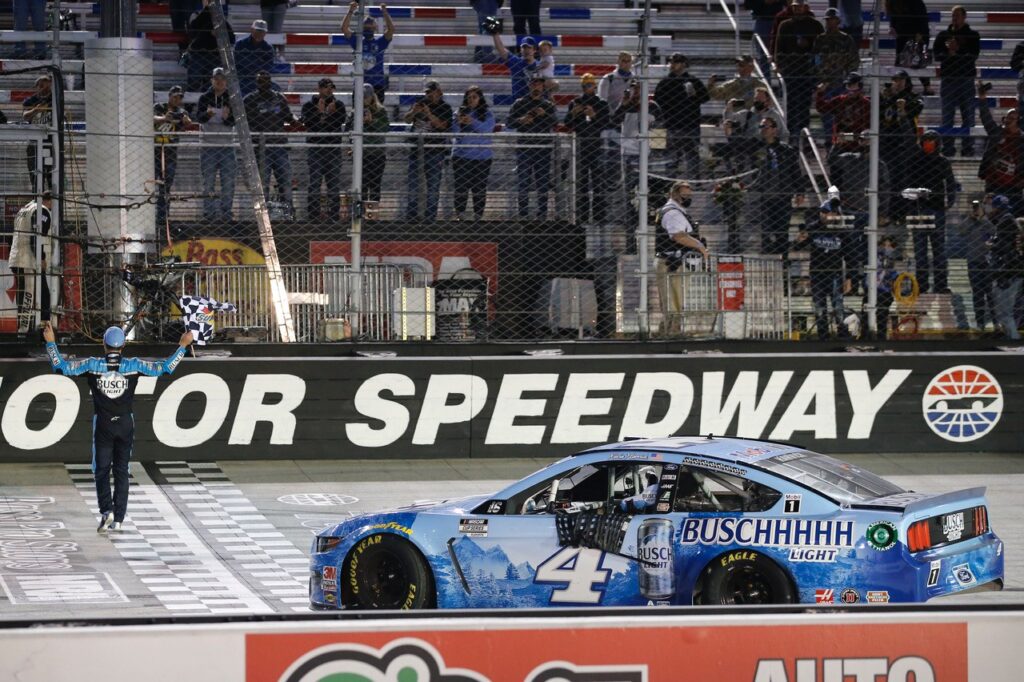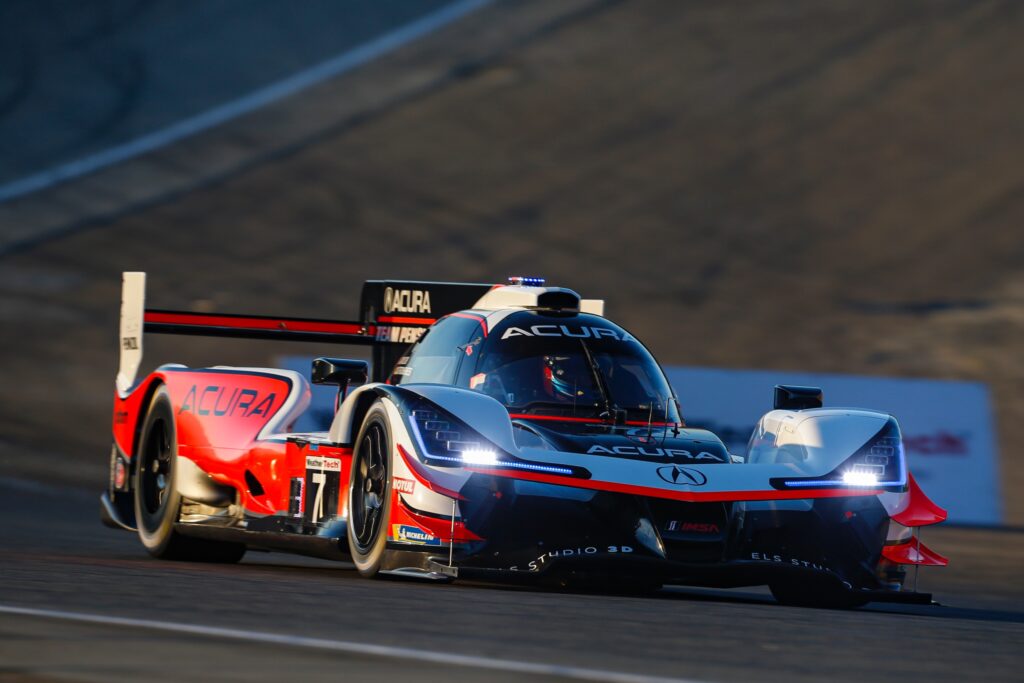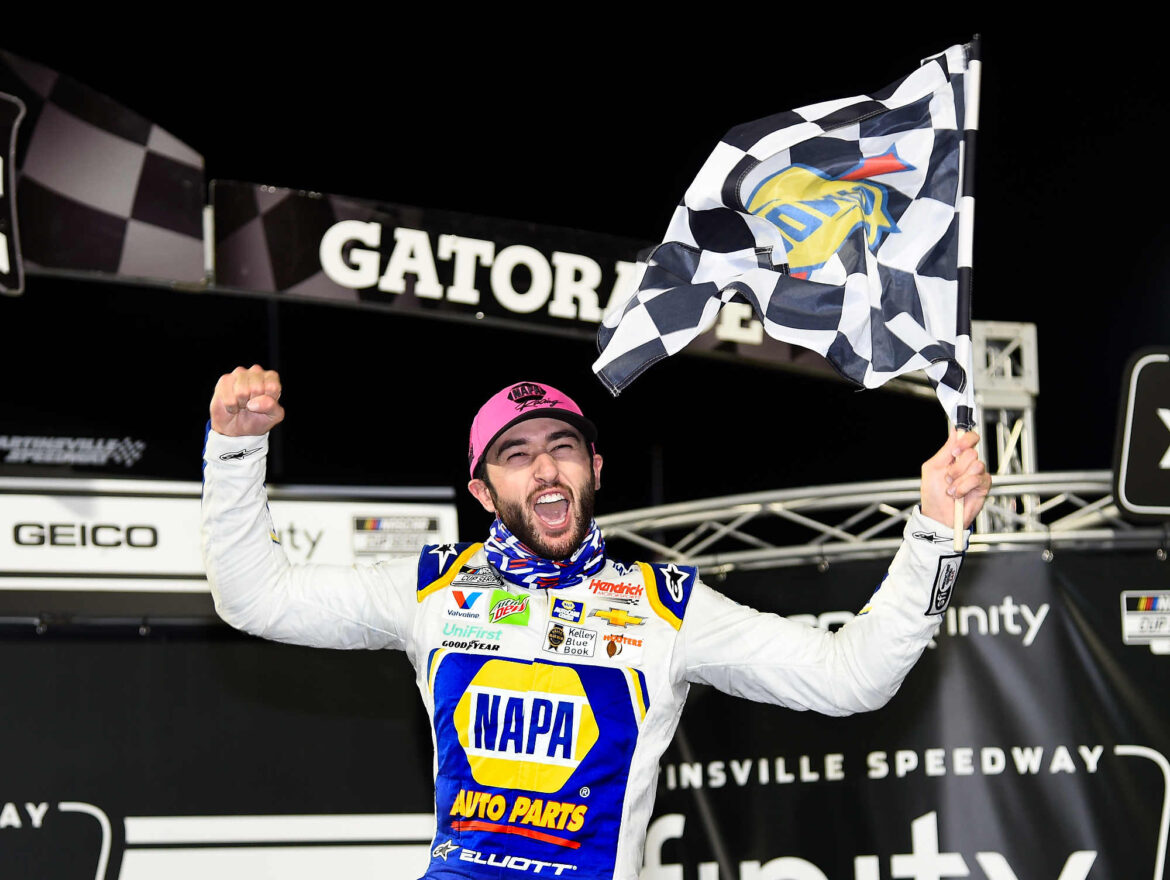It’s always fascinating to see how championships are decided as the racing season draws to a close, given the number of title-deciding formats that exist these days.
The NTT IndyCar Series finale at St. Petersburg produced far more championship drama than anyone could have expected during the summer, when Scott Dixon built what looked like a very comfortable cushion in the standings.
Then Josef Newgarden and Team Penske ended the season as strongly as Dixon started it, including a masterful victory at St. Pete that kept the championship in question to the very end. But Dixon and Chip Ganassi Racing withstood the pressure and shadowed Newgarden to a third-place finish, enough for Dixon to clinch the crown by 16 points.
Robin Miller crunched the numbers and determined that the St. Petersburg result still would have resolved the championship in Dixon’s favor had double points been awarded for the final race, as INDYCAR did from 2014-2019. But the margin would have been a single point.
It’s worth noting that other than the double-points-at-the-last-race gimmick, INDYCAR has maintained a pure, season-long championship format rather than trying to manufacture drama with “Playoffs” or a point reset a la NHRA.

Double points came into play only once for INDYCAR in the six-year span the system was used. In 2015, Dixon won the season finale to erase a 47-point deficit to Juan Pablo Montoya, who won the St. Petersburg opener and the Indianapolis 500 and led the standings all year. Montoya collided with his Penske teammate Will Power and finished sixth in the season finale at Sonoma Raceway, which was not enough to hold off race winner Dixon. They actually tied with 556 points, with the title decide by Dixon’s three race wins to Montoya’s two.
Sam Hornish and Dan Wheldon also tied on points for the 2006 IRL-sanctioned championship, with the American driver prevailing on the same tiebreaker. Wheldon’s dominant run to the 2005 IRL title was the last Indy car championship clinched prior to the final round.
Meanwhile in NASCAR, season-long frontrunner Kevin Harvick has been eliminated from championship eligibility. The NASCAR Playoff system forces teams to execute in three-race blocks, and Harvick and the No. 4 Stewart-Haas Racing Ford picked a bad time to have two consecutive poor results.
Harvick was narrowly beaten to the win at Kansas Speedway by Joey Logano, which automatically locked Logano into the November 8 Cup Series Championship at Phoenix Raceway. Harvick scored more Playoff points than anyone this year, so he still looked solid, even after he encountered bad luck at Texas Motor Speedway, hitting the wall in damp conditions that eventually red-flagged the race for three days. The resulting 16th place finish at Texas and an uncompetitive run to 17th at Martinsville Speedway sealed Harvick’s fate after a dominant year that produced nine race wins.

This was the ultimate expression of “the agony of defeat,” NASCAR style. Over the last three weeks, the Playoff system worked perfectly for just about everyone but Harvick and old-school purists. The intensity of the Logano-Harvick battle down the stretch at Kansas validated the “win and you’re in” aspect. Kyle Busch’s victory at Texas played the “wild card,” with Busch, already eliminated from championship eligibility, denying his Joe Gibbs Racing Toyota teammate Martin Truex Jr. the path to a ticket to Phoenix. Like Harvick, Truex ultimately failed to point his way in.
Then Martinsville, where Chase Elliot won his way into the final while the points battle for the fourth championship berth between Harvick and Brad Keselowski raged on a split-screen with a real time ticker as the laps wound down. Harvick needed one more position, one more point, but he simply didn’t have the speed. He caught Busch on the last lap and spun him out in the final corner, all to no avail.
NASCAR fans complained vociferously in 2003 when Matt Kenseth glided to the Winston Cup championship after a consistent, one-win season. Ryan Newman, meanwhile, won eight races but finished sixth in the standings. That was the catalyst for the introduction of the NASCAR Chase in 2004, and the myriad of modifications over the last two decades that resulted in the current championship format.
All that tinkering produced a result similar to what got NASCAR fans all up in arms about 2003, with the year’s dominant driver (one of them, anyway) appearing nowhere in the final championship reckoning. Be careful what you wish for…
As a final note, there’s also plenty of intensity in IMSA these days. The bad blood between the No. 31 Action Express and No. 7 Team Penske entries from the finish of Petit Le Mans followed the WeatherTech Championship to Laguna Seca Raceway. Felipe Nasr and Helio Castroneves engaged in some gamesmanship in practice, with Nasr brake-checking his fellow Brazilian in the pit lane, followed by a retaliatory clash on the out lap that was instigated by Castroneves.

Helio’s deflection of direct questions about the incident over the next two days bordered on comical. I covered his Indy car career for 20 years, and nobody is better at answering a query with pre-programmed talking points instead of addressing the question that was actually asked. At Laguna, a couple media folks, including NBC’s Kevin Lee, rightfully chided the longtime Penske pilot for being so evasive about what was obviously an important story.
The “team orders” aspect of the Laguna Seca finish also left a bit of a sour taste. Perfectly understandable, perfectly legal, and all in the name of business and winning a championship for the team. But still uncomfortable to watch it all unfold.
There must surely be a lot of pressure on Helio, as well as his Penske teammates, the Wayne Taylor Racing duo of Ryan Briscoe and Renger van der Zande, and a handful of other drivers looking for work as the IMSA paddock powers through an explosive silly season. Whether in terms of team/manufacturer affiliations or driver lineups, IMSA will have a very different look when the 2021 season rolls off with the Rolex 24 at Daytona.


